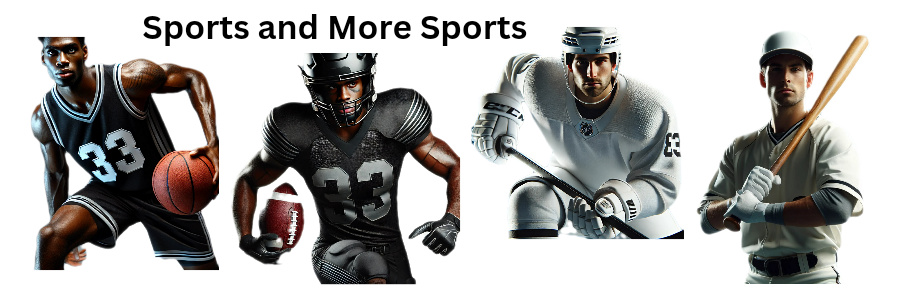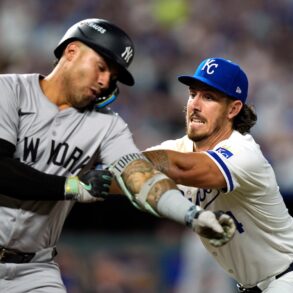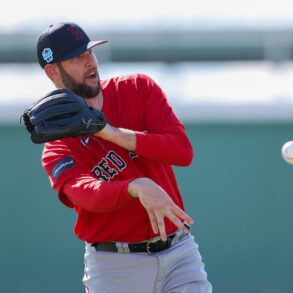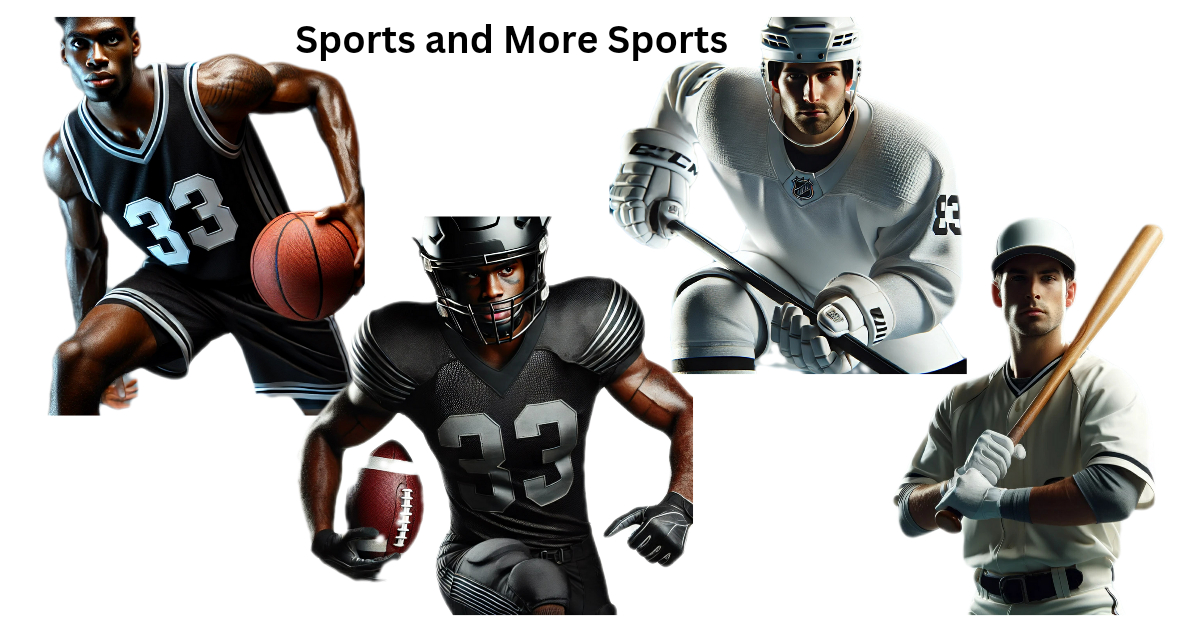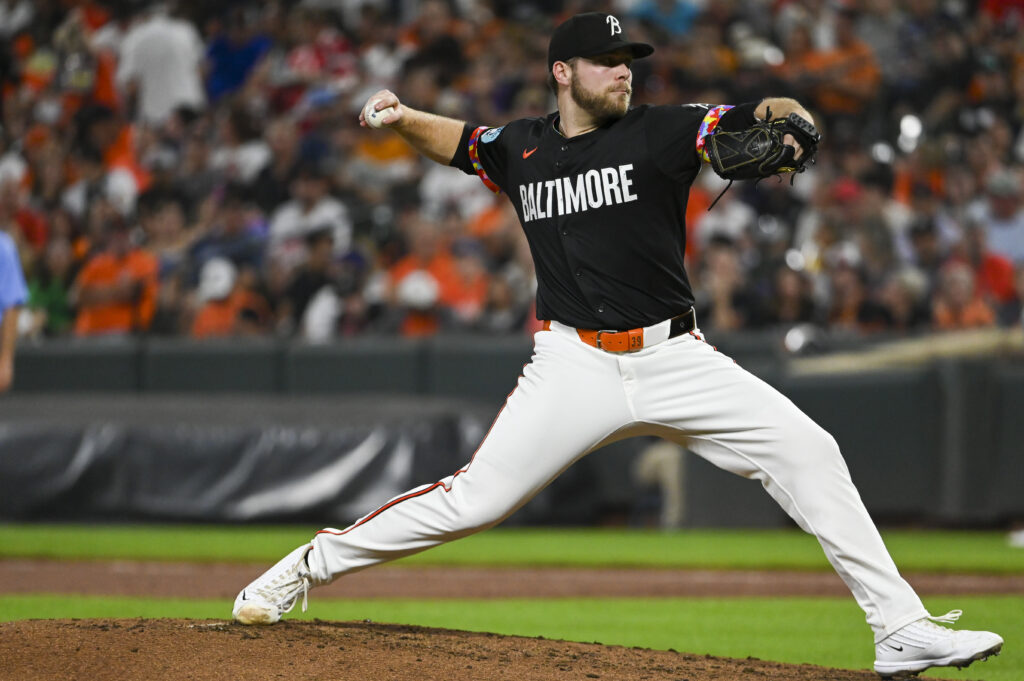
We covered the American League yesterday, so now let’s see what the National League’s 15 teams have done (so far) to address their least-productive positions from the 2024 campaign. Baseball Reference’s position-by-position bWAR breakdown is our guide, so let’s dive in…
Braves (Left field, -0.2 bWAR): Atlanta took a big chunk of money off the Mariners’ payroll to facilitate last winter’s five-player trade involving former top prospect Jarred Kelenic, with the idea that Kelenic would break out with a change of scenery. Unfortunately for the Braves, their investment didn’t pay off, as Kelenic hit only .231/.286/.393 over 449 plate appearances with his new team. Old friends Adam Duvall and Eddie Rosario were also ineffective as part of the left field timeshare, and while Ramon Laureano played well, Atlanta still opted to non-tender Laureano in November. Bryan De La Cruz was brought in on a minor league deal but he might be targeted to play right field in place of the recovering Ronald Acuna Jr., and then perhaps shifted into a platoon with Kelenic once Acuna returns from his ACL rehab. It has been a pretty quiet offseason overall for Atlanta, but acquiring an everyday outfielder to supplant Kelenic and company entirely might still be on the to-do list.
Brewers (First base, -0.6 bWAR): It’s never good when a team’s second highest-paid player is chiefly responsible for its least-effective spot on the diamond, particularly when that club is a lower-payroll outfit like Milwaukee. Rhys Hoskins signed a two-year, $34MM deal with the Brew Crew last winter and unsurprisingly passed on an opt-out clause after he hit an uninspiring .214/.303/.419 over 517 PA in 2024. Jake Bauers was even less effective as the left-handed side of the platoon and was outrighted off the 40-man roster and into free agency at season’s end. The Brewers won’t be able to trade Hoskins unless they eat most of the $22MM still owed on his deal, so the hope for now is that the veteran will more consistent in his second year in Milwaukee, perhaps with former top prospect Tyler Black also contributing as Bauers’ replacement.
Cardinals (Right field, -0.1 bWAR): Alec Burleson put up pretty decent numbers during his 173 PA as a right fielder, but the other seven players who cycled through the Cardinals’ right field position didn’t contribute much of anything. With St. Louis focusing on its younger core in 2025, the plan for now is to give former top prospect Jordan Walker an extended look as the everyday right fielder. Walker doesn’t turn 23 until May and he has just 643 big league plate appearances over two seasons, so there’s still plenty of time for a breakout.
Cubs (Third base, 0.2 bWAR): The deadline deal that brought Isaac Paredes in from the Rays didn’t do much to stabilize the Wrigleyville hot corner, and the Cubs then shook the position up again by dealing Paredes to the Astros as part of the Kyle Tucker trade package. President of baseball operations Jed Hoyer told reporters last month that top prospect Matt Shaw will get a “long look” at third base, but “he has to earn that job.” Chicago has been linked to such experienced third basemen as Josh Rojas and Yoan Moncada in the aftermath of the Tucker trade, so chances are the Cubs will bring in a veteran to compete with Shaw or split time at third base.
Diamondbacks (Rotation, 3.0 bWAR): Technically, the 2.2 bWAR that the Diamondbacks received from the center field spot is their lowest position on Baseball Reference’s chart. However, since only two teams got less from their starting pitchers than Arizona did in 2024, it is more accurate to point to the rotation as the flaw that left the D’Backs painfully short of a playoff berth. Injuries were the biggest reason for the rotation’s struggles, and it is possible that things will improve just if Eduardo Rodriguez, Merrill Kelly, and Jordan Montgomery are all healthier in 2025. That didn’t stop the D’Backs from going out and signing Corbin Burnes to a surprising six-year, $210MM deal, which only enhances the likelihood that Arizona can now trade from its starting depth before Opening Day.
Dodgers (Center field, 1.2 bWAR): James Outman and Chris Taylor both struggled, and rookie Andy Pages fared far better defensively in left field than in center. Fortunately for Los Angeles, trade deadline pickups Tommy Edman, Enrique Hernandez, and Kevin Kiermaier stabilized things up the middle late in the season and throughout the playoffs, helping the Dodgers win the World Series. With Edman now signed to a long-term extension, he looks to be the top choice in center field going forward, though his ability to play all over the diamond gives the Dodgers some flexibility if another center-field option emerges.
Giants (Second base, -0.2 bWAR): Tyler Fitzgerald’s excellent rookie season ensured that he’d be lining up somewhere in San Francisco’s 2025 lineup, and the only question was whether or not the Giants would keep him at shortstop or move him elsewhere around the diamond. With Willy Adames now locked in as the new starting shortstop, Fitzgerald will slide across the middle infield and take over the keystone. Fitzgerald’s inflated .380 BABIP hints at a regression from his big 2024 numbers, though even a couple of steps back will still represent an improvement over what the Giants received from their second base mix last year. Thairo Estrada saw the bulk of the playing time as the Giants’ second baseman in 2024, but the two sides parted ways entirely after the season and Estrada is now set to play for an NL West rival in Colorado.
Marlins (Left field, -1.2 bWAR): Left field edges out the catching position, as the Marlins only received -1.1 bWAR from their backstops in 2024. Bryan De La Cruz and Nick Gordon are both gone, leaving left field open for Kyle Stowers or Jesus Sanchez as the primary left fielder next season, unless that duo are instead deployed in center (Stowers) and right (Sanchez). Griffin Conine, Dane Myers, Javier Sanoja, and Derek Hill figure to all be part of the outfield mix in some regard, leaving the rebuilding Marlins with options about how exactly they’ll divvy up the playing time.
Mets (Bullpen, 0.0 bWAR): Only the Blue Jays and Rockies received less from their bullpens than the Mets in 2024, which perhaps reflects New York’s high-risk and high-reward approach to the relief corps. The Mets had the highest reliever strikeout rate (27.7%) in baseball, but also the third-worst walk rate (10.7%), evening things out to a 4.03 bullpen ERA that ranked 17th of 30 teams. President of baseball operations David Stearns has a long history of finding unheralded relievers that deliver good performances, which could be why the Mets’ bullpen moves have thus far been mostly restricted to adding a bunch of pitchers on minor league contracts. Finding a gem or two within that group would help immensely, but signing a more clear-cut candidate for high-leverage innings would help immensely, particularly if that reliever is left-handed.
Nationals (Third base, -0.5 bWAR): After acquiring Nathaniel Lowe and Josh Bell to address their deficiencies at first base (0.3 bWAR) and DH (0.1 bWR), the Nationals figure to now more fully turn their attention to the hot corner. The Nats explored the creative solution of longtime second baseman Gleyber Torres at the position, but Torres didn’t have interest in moving off the keystone and instead signed with the Tigers. Whatever veteran third baseman Washington adds is likely to be a short-term fix, as top prospect Brady House looks like the long-term answer at the position and figures to make his MLB debut at some point in 2025.
Padres (Pinch-hitting, 0.4 bWAR): Among more regular positions, the Padres’ lowest total was 0.9 bWAR from their catchers. Kyle Higashioka left in free agency to sign with the Rangers, weakening both areas and leaving Luis Campusano as San Diego’s top choice behind the plate. There has been plenty of speculation swirling about the Padres’ offseason but little in the way of substantive moves, perhaps owing to the uncertainty surrounding exactly how much the front office has available to spend this winter. Since the Padres are one of Roki Sasaki’s top suitors, it is possible the team might be holding off until Sasaki makes his decision to know exactly how they’ll proceed in configuring the rotation, perhaps trading away a bigger salary or two, and bolstering the catching corps and the bench.
Phillies (Right field, 1.0 bWAR): Nick Castellanos hit .254/.311/.431 with 23 homers over 659 plate appearances, translating to a decent but unspectacular 105 wRC+. Castellanos’ value was further limited by his right-field glovework, which drew dismal reviews from public defensive metrics. It added up to an 0.8 bWAR season for Castellanos, which isn’t a great result for a player on a $20MM salary. With two years and $40MM more on Castellanos’ contract, the Phillies’ efforts to find a trade partner will be difficult, leaving the Phils somewhat limited to just hoping that Castellanos can hit better in his age-33 season.
Pirates (Right field, -1.2 bWAR): On the bright side for the Phillies, at least they didn’t have the shakiest right field situation in the state of Pennsylvania. A whopping 12 different players saw some action in right field for the Pirates last season, and the three players with the most innings logged at the position — Bryan De La Cruz, Edward Olivares, Connor Joe — have already been let go. Pittsburgh has been seeking some new outfield help but hasn’t yet landed a prominent regular to suit up alongside center fielder Oneil Cruz and left fielder Bryan Reynolds. As always, the limited payroll will shorten the Buccos’ list of possible targets, but adding even a platoon bat to split time with the incumbent in-house backup outfielders would fill a big hole in the roster.
Reds (Third base, -1.9 bWAR): Cincinnati received only 4.4 total bWAR from its position players in 2024, the third-lowest total of any team in the sport. This lackluster number included sub-replacement scores from pinch-hitters (-0.1), the DH spot (-1.3), first base (-1.3) and finally the hot corner as the weakest cog in this faulty model of the Big Red Machine. Unfortunately for the Reds, third base was the position that was supposed to have been firmed up by the signing of Jeimer Candelario to a three-year, $45MM contract last winter, but Candelario struggled to a 225/.279/.429 slash line in the first season of his deal. Santiago Espinal and Noelvi Marte also didn’t hit well in their time at third base when Candelario was deployed over at first base, yet the Reds seem likely to run it back with this same trio at the hot corner next year. A bounce-back from Candelario would be most helpful in the short term, and a breakout from former top prospect Marte (who missed 80 games due to a PED suspension) could give Cincinnati a longer-term fix as the Reds continue to try and figure out their infield mix.
Rockies (Bullpen, -2.0 bWAR): Only the Blue Jays’ pen had a lower bWAR total, and Toronto was also the only collective pitching staff in the league with a negative bWAR, as the Rockies finished 29th of 30 in the overall pitching category with an even 0.0 bWAR. The Rockies have thus far brought in a couple of experienced relievers in Diego Castillo and Jimmy Herget to compete for jobs, but as you might expect, it isn’t easy luring bigger-name bullpen arms to the thin air of Coors Field. With the club unlikely to splurge much on signings, Colorado could be counting on some more minor league signings or internal improvement to help upgrade the relief corps.
This post was originally published on this site be sure to check out more of their content.

